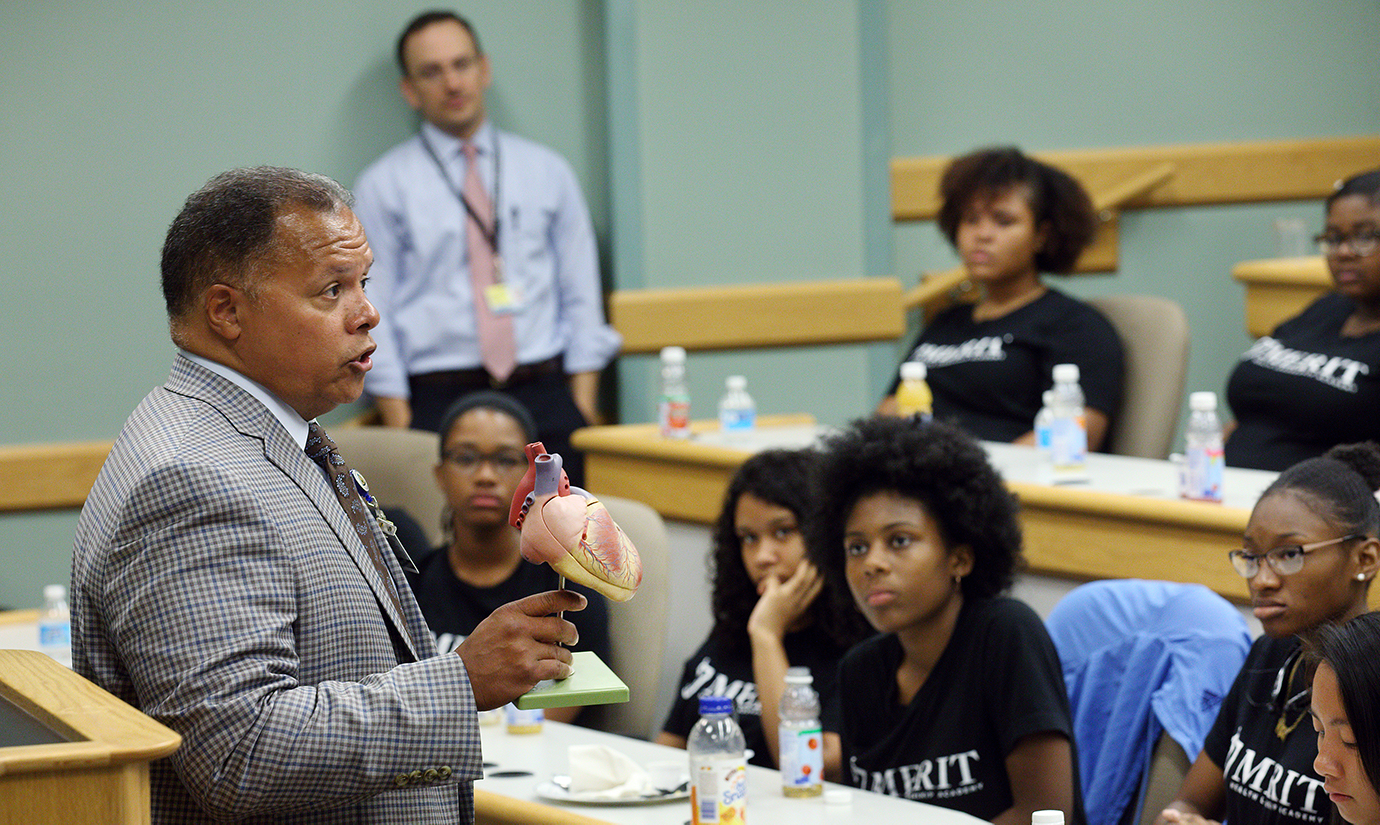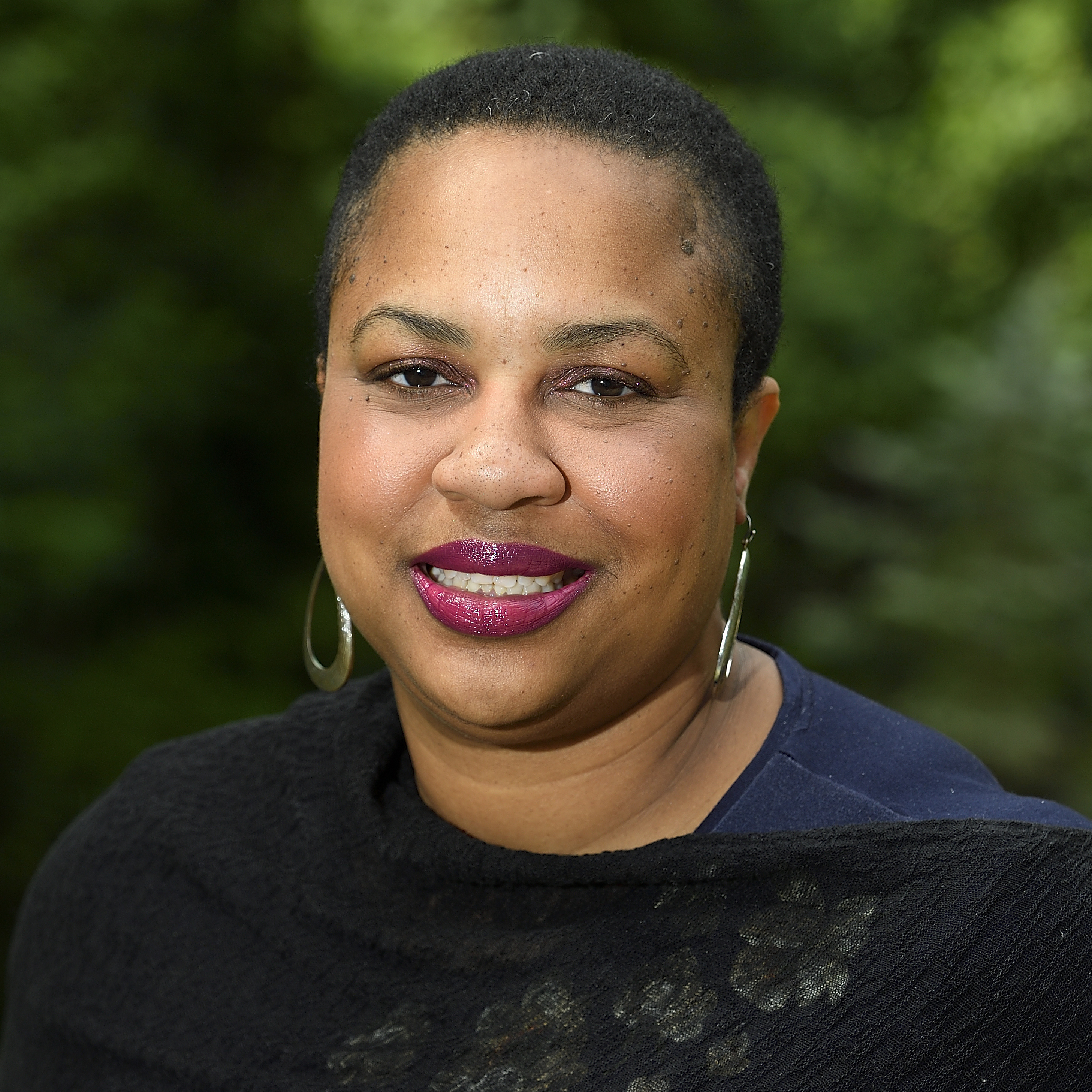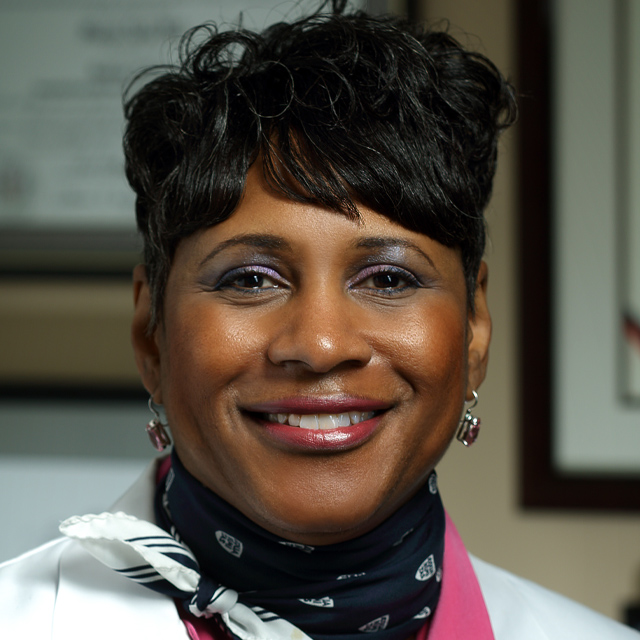Update to readers: In December of 2021, Robert Higgins left Johns Hopkins to serve as president of Brigham and Women’s Hospital and executive vice president of Massachusetts General Hospital. Andrew Cameron now serves as surgeon-in-chief and professor of surgery for The Johns Hopkins Hospital.
Every Thursday morning, Johns Hopkins’ world-class surgeons and surgical trainees gather — virtually during the pandemic — for a deep dive into emerging research, surgical innovations and new treatments during the Department of Surgery’s grand rounds.
The presentations are a chance for Johns Hopkins experts and invited guests to flex their knowledge and share the latest developments with their colleagues.
For department chair Robert S.D. Higgins, October’s grand rounds presented an opportunity to consider another crucial topic: diversity and inclusion.
Citing a variety of data, scientific studies and his personal experiences, Higgins made the case via Zoom that structural racism — the complex system by which racism is developed, maintained and protected — and unconscious bias — having attitudes or associating stereotypes towards people in an unconscious manner — not only affect health care outcomes, but have resulted in low numbers of minorities and women in medicine and with those groups facing significant barriers in the field.
“The challenge, quite frankly, is that the current culture is relatively unsupportive for those who are underrepresented in medicine as students and faculty,” Higgins told the group of nearly 200 people.
Surgeon-in-chief at The Johns Hopkins Hospital and director of the Department of Surgery — the first Black physician to chair any department in the School of Medicine — Higgins was appointed senior associate dean for diversity and inclusion for the Johns Hopkins University School of Medicine in July 2020. The appointment formalizes his role as an agent of change in making Johns Hopkins a more open and welcoming institution for all School of Medicine faculty, staff, trainees and students.
Higgins says it’s the responsibility of those who are well-represented in medicine as well as those who are underrepresented to create a more diverse and equitable multicultural environment.
“Justice will not be served until those who are unaffected are as outraged as those who are affected,” Higgins says, citing a quote of unknown origin.
According to the American Association of Medical Colleges, in 2018, 63.9% of the 176,732 full-time U.S. medical school faculty members were white; 3.6% were Black; 5.5% were Hispanic, Latino or of Spanish origin. 58.6% were male.
Since joining the Department of Surgery in 2015, Higgins has hired 61 faculty members, nine of who are underrepresented minorities (URMs). He has also hired 22 women surgeons. Three women were appointed as division chiefs, a rare precedent in the Johns Hopkins Department of Surgery. (The department has a total of 125 faculty members).
In the School of Medicine, there has been some progress in promotion of women, Black and Hispanic physicians to the associate and full professor levels, increasing from 24.7%, 2.1% and 1.9% respectively in 2010-2011 to 31.6%, 3.4% and 3.5% in 2019-2020.
Last May, Johns Hopkins named its first Black woman department chair when Namandjé Bumpus was appointed director of the Department of Pharmacology and Molecular Sciences. She is the only Black woman chairing a pharmacology department at a medical school in the country.
Working in conjunction with Sherita Golden, chief diversity officer of Johns Hopkins Medicine, Higgins is on a journey to grow the numbers of URM and female faculty to make all departments in the School of Medicine more equitable and inclusive by improving student and faculty recruitment; faculty retention and development; and multicultural sensitivity programming such as implicit and unconscious bias training. (Implicit bias is an unconscious and automatic preference for a social group).
For recruitment, Higgins suggests expanding medical student scholarships and offering research opportunities in science, technology, engineering, mathematics and medicine (STEMM) for premed students. One way to increase the pipeline, Higgins says, is through programs such as Johns Hopkins’ work with the Baltimore Collegiate School for Boys, whose students are given opportunities to take part in STEMM activities with Johns Hopkins faculty, and the MERIT (Medical Education Resources Initiative for Teens) Health Leadership Academy, an academic and career mentorship program that supports high school students from underrepresented backgrounds who aspire to have careers in health.
Multicultural sensitivity training includes programming that helps people recognize their own biases and offers ways to confront and overcome them.
Faculty retention and development strategies include making sure that department directors and chairs include URM candidates in their ongoing recruitment and promotion efforts.
Without a peer support group, it can be lonely and isolating to be a URM physician, surgeon or leader, Higgins says.
“We need to build a bridge between arriving here and thriving here. My role is to make people feel welcomed, but also feel heard and valued,” he says.
To that end, Higgins announced in October the Levi Watkins Faculty Leadership Development Fellowship, an initiative that will aim to help URMs advance their careers through mentorship and special projects (see below). He has also met with most department directors to get feedback on how to address diversity and inclusion issues across the School of Medicine.
“Since arriving at Johns Hopkins in 2015, Dr. Higgins has been serving informally as a mentor and sponsor to countless URM students, trainees and faculty to help them advance their careers,” Golden says. “His appointment as senior associate dean for diversity and inclusion, following a national search, formalizes and provides resource support for the crucial activities in which he was already engaged. I could not ask for a more dedicated partner on our organization’s journey toward diversity, inclusive excellence and health equity.”
Editor’s Note: Robert Higgins left Johns Hopkins Medicine Nov. 30, 2021, to become president of Brigham and Women’s Hospital and executive vice president at Mass General Brigham, in Boston.

Fellowship to Help Underrepresented Clinicians Advance Careers
Announced in October, the Levi Watkins Faculty Leadership Development Fellowship will support career development and advancement of underrepresented minorities looking to become the next generation of leaders at Johns Hopkins.
A partnership between department directors and School of Medicine leaders, the fellowship aims to identify emerging leaders, with a focus on URM assistant and associate professors who aspire to take on leadership positions. The program is named after Watkins, a pioneer in both cardiac surgery and civil rights who implanted the first automatic heart defibrillator in a patient and was instrumental in recruiting minority students to the School of Medicine. The late surgeon, who died in 2015, broke many color barriers and was Johns’ Hopkins first Black chief resident in cardiac surgery.
Each fellow in the Watkins program will be matched with a director or administrative leader mentor, have access to presentations and discussions on leadership and career development, and will meet monthly to create a support network of Watkins fellows. All fellows will be assigned a project to work on with their mentor that advances research, strengthens teaching or improves clinical care delivery. Fellows will present their projects to the dean and health system leadership at the end of the academic year.
Higgins hopes to identify mentorship sponsors and open applications for the fellowship this spring, and launch in the fall with five to eight participants each paired with a department director for a mentor. While the program runs one academic year, he hopes the relationships forged in the fellowship last beyond that.


